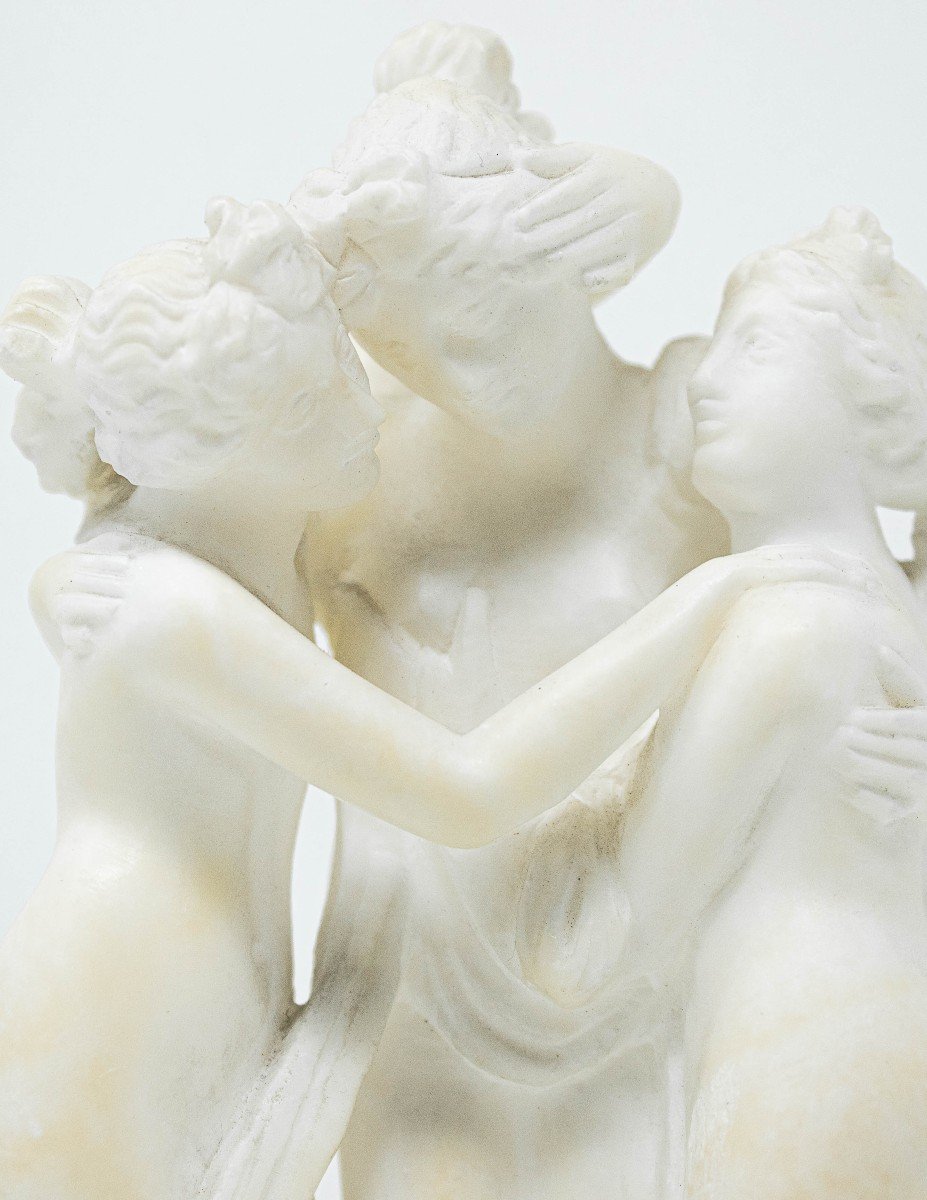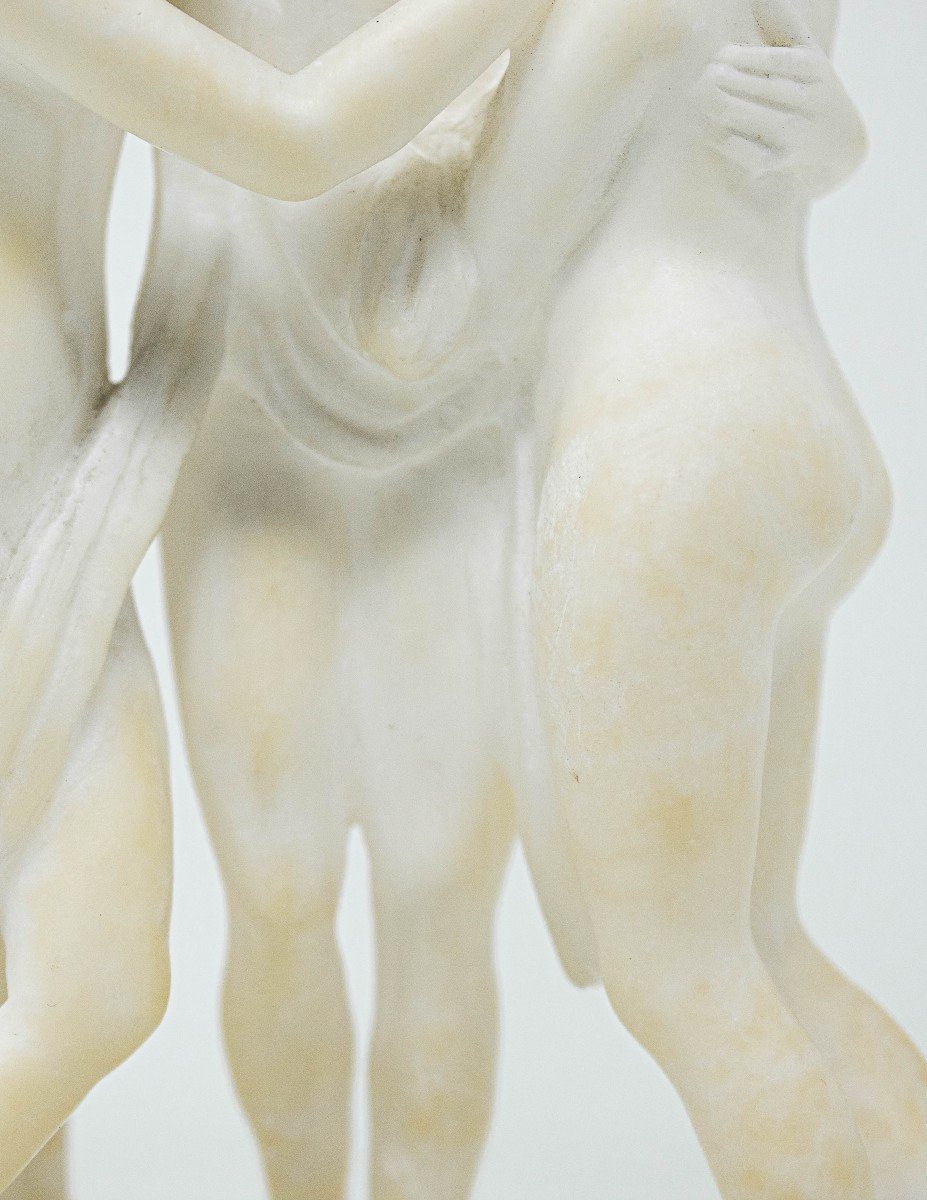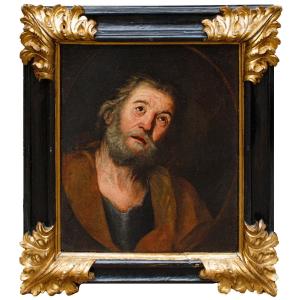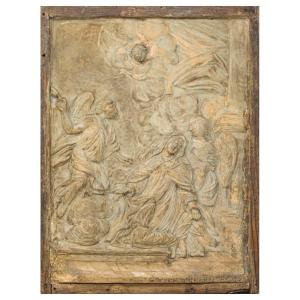Three Graces
Alabaster, cm alt. 18.5
At the beginning of the 19th century, with the artistic movement of neoclassicism, there was a reassessment of the classical Greco-Roman world, a rediscovery of forms but also of contents and themes which had Greek civilization as their ideal, and then an enlargement of its repertoire follows the discoveries of archaeological sites and a very wide dissemination of ancient art, notably Roman, Etruscan and Egyptian. The elegant subject of this sculpture representing the Three Graces refers to a theme treated by the most important representatives of neoclassical sculpture such as Antonio Canova and Bertel Thorvaldsen. The three sisters represented are Aglaia, Eufrosine and Talia who, according to mythology, gave happiness and beauty to the world and to humanity. In the poetic, literary and artistic imagination, and as in this case, they are always represented as three naked young people who hold each other in a delicate embrace with their arms.






































 Le Magazine de PROANTIC
Le Magazine de PROANTIC TRÉSORS Magazine
TRÉSORS Magazine Rivista Artiquariato
Rivista Artiquariato